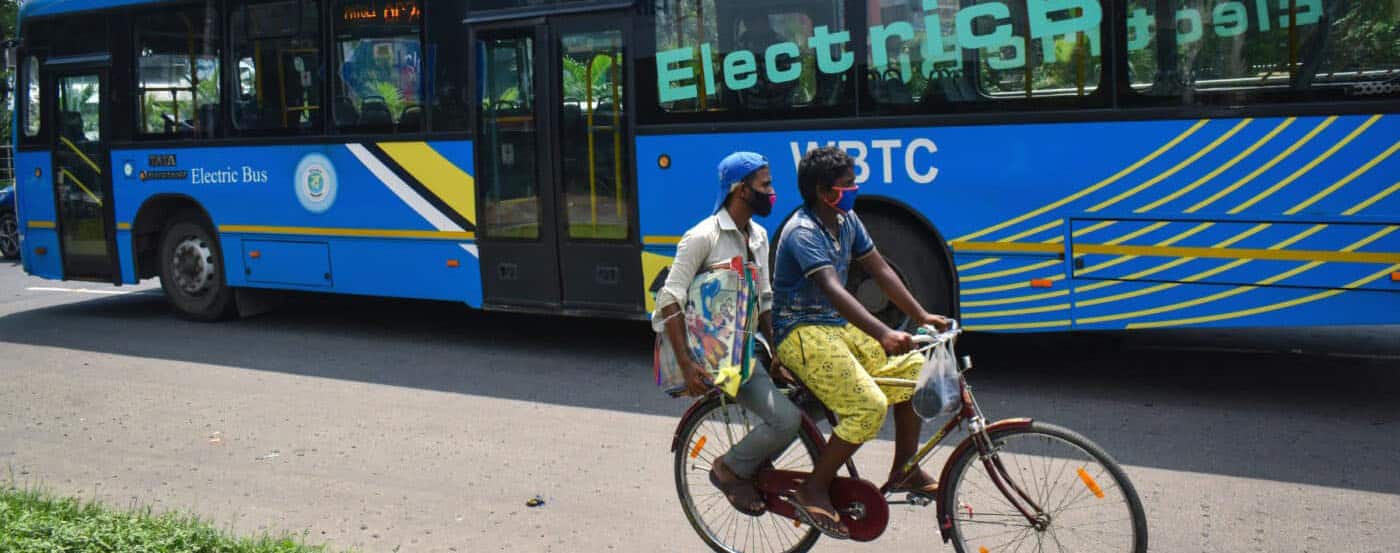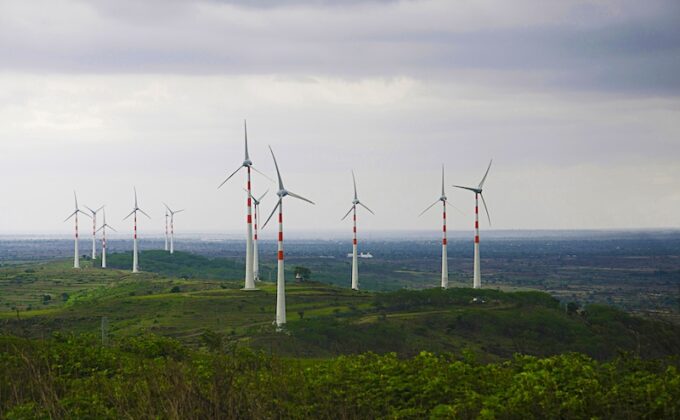
India
Supporting India’s transition to clean, efficient, reliable and affordable power for all its citizens.
India’s policymakers aim to reduce the country’s climate emissions intensity by 45% from 2005 levels (under its Nationally Determined Contribution or NDC) and dramatically increase non-fossil-fuel energy generation to 500 GW as part of government targets – both by 2030. Achieving these goals requires addressing structural issues within the power sector, while serving a growing customer base. The opportunity for transformation is unprecedented.
Our Focus
Drawing from our international experience to inform India’s decarbonization efforts.
Our team provides Indian regulators with relevant, actionable information and effective tools drawn from our international experience. We support policymakers and stakeholders with exposure to power sector policies and regulatory mechanisms that accommodate increased growth of renewable energy and strengthen pathways for more flexibility in the grid. RAP’s experts also provide technical assistance on wholesale market operations to enable greater clean energy scale-up. We work with decision-makers at their invitation and upon request.
RAP’s impact:
Our global team provides examples of regulatory frameworks from other parts of the world for regulators to consider possibly adapting to the Indian context. RAP helps to foster innovative solutions and provides training and technical assistance. We bring together stakeholders to foster knowledge exchange and evidence-based dialogue on how the power sector can evolve to meet the country’s climate and clean energy goals.
MEET MORE OF RAP’S DEDICATED India TEAM:

INSIGHTS FROM RAP EXPERTS
September 26, 2023
Policy and regulatory tools to assist achievement of India’s low-carbon energy goals



